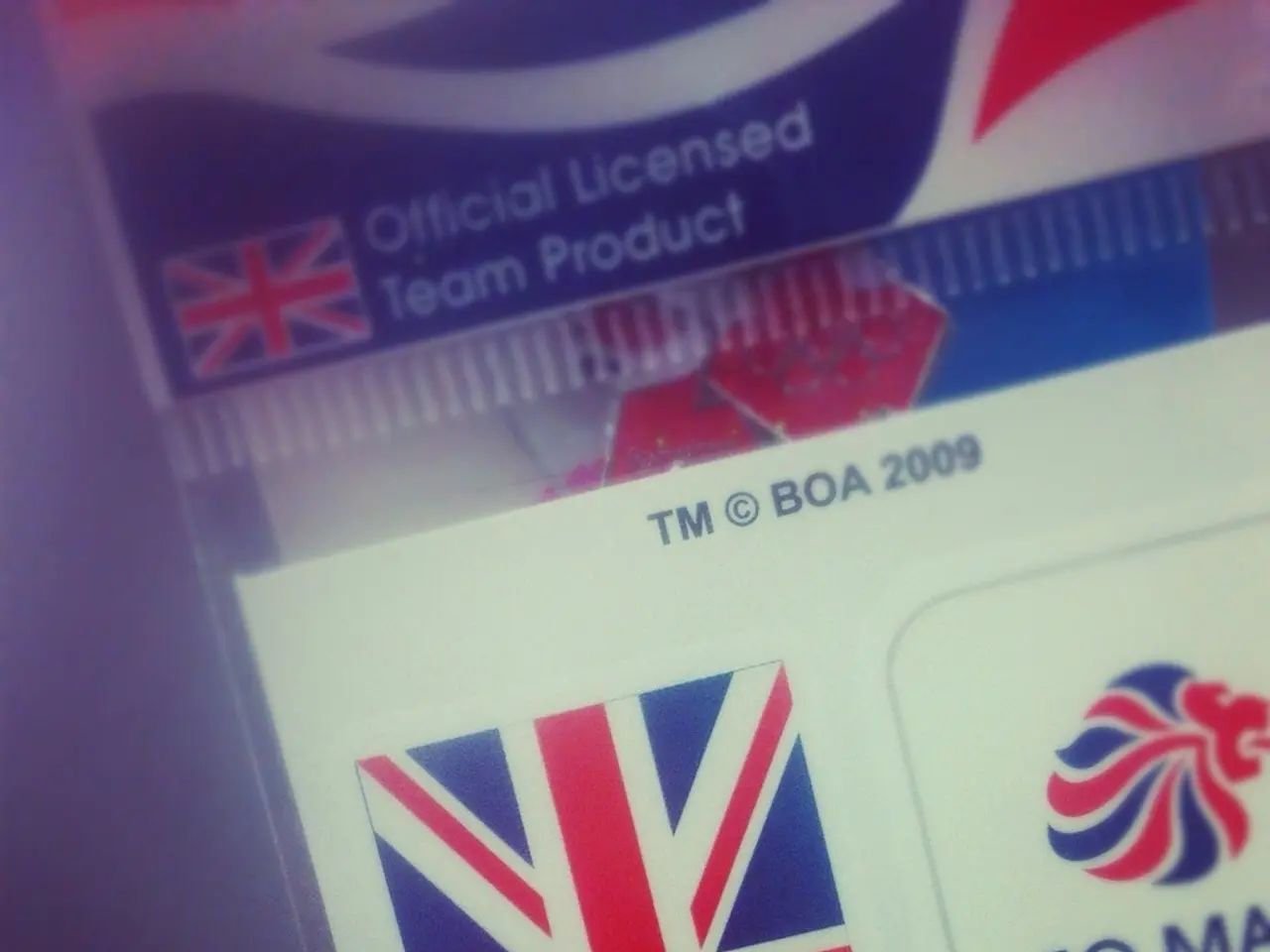Comparison Analysis: Lithium-Ion Batteries - LiFePO4 vs NMC Examination of Lithium Technology Advancements
In the ever-evolving world of energy storage, two battery technologies have been making waves: LiFePO4 (Lithium Iron Phosphate) and NMC (Lithium Nickel Manganese Cobalt Oxide). A comparative analysis reveals that while both offer advantages, they each excel in different areas.
LiFePO4, known for its superior thermal stability, boasts a chemically stable cathode material that significantly reduces the risk of overheating or fire. This makes it an ideal choice for safety-critical applications such as home energy storage, solar, and off-grid systems. However, it has a typically lower energy density, with values around 90–140 Wh/kg.
On the other hand, NMC batteries, although less thermally stable, offer a higher energy density, ranging roughly from 150–220 Wh/kg depending on formulation. This higher energy density makes NMC batteries a preferred choice for applications demanding high energy density and compact size, such as high-performance electric vehicles, drones, and power tools.
When it comes to charging efficiency and speed, LiFePO4 can support faster charging speeds, reported to charge 4-5 times faster than older battery technologies like lead acid. It also has an excellent cycle life (3,000-5,000+ cycles) that supports fast, repeated charging with less degradation. NMC batteries, while good at charging efficiency, have a typically somewhat lower cycle life (1,000–2,000 cycles).
In terms of applications, LiFePO4 is favoured in solar energy storage, off-grid power systems, electric vehicles focused on longevity and safety, and backup systems, especially where fire safety and long cycle life are paramount. NMC batteries, however, are preferred in applications demanding high energy density and compact size, such as high-performance electric vehicles, drones, and power tools, where space and weight are critical, and thermal management systems are integrated.
In summary, LiFePO4 batteries excel in thermal safety and longevity but at the cost of lower energy density. They are suited for stationary energy storage and applications prioritizing safety and long service life. NMC batteries, on the other hand, offer higher energy density and compactness suitable for weight- and size-sensitive applications but require careful thermal management and have a shorter cycle life.
This makes LiFePO4 the better choice for safety-critical, long-lasting applications, while NMC is preferred where high energy density and compactness are key. The debate between LiFePO4 and NMC batteries continues, with each technology having unique strengths and weaknesses suitable for specific applications.
Science and technology have played significant roles in the advancement of battery technologies, with LiFePO4 (Lithium Iron Phosphate) and NMC (Lithium Nickel Manganese Cobalt Oxide) being among those making waves in energy storage, particularly in areas like home energy storage and solar systems. In these applications, the thermally stable and safer nature of LiFePO4 offers a competitive edge due to reduced risks of overheating or fires. However, technology advancements have allowed NMC batteries to offer a higher energy density, making them the preferred choice for compact size applications, including high-performance electric vehicles and power tools.




